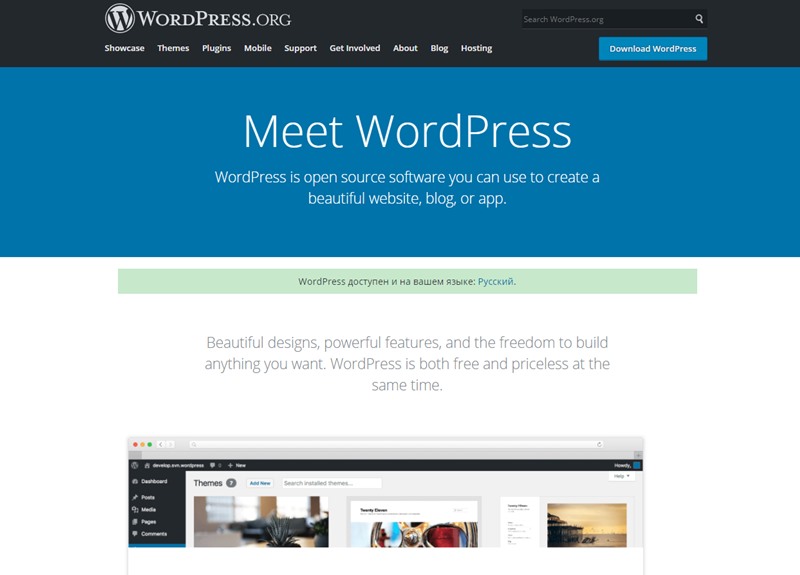CMS is any platform that provides you with the tools to create, manage, and publish specific content. For example, if you are running a blog, you will want to use a CMS that provides tools for formatting, previewing and publishing records.
As you probably know, there are no two identical CMSs. The main difference often comes down to what type of content you want to focus on. Of course, nowadays most of them can offer tools for publishing any content. This means that you can base your decisions on which CMS is most comfortable for you(also, we recommend to check the WordPress Pricing table plugin).
Let’s sum up what advantages you can get from using CMS:
- It provides you with tools for creating better content. The main purpose of most CMS is to allow you to publish high-quality content.
- It allows you to maintain your content in order. Most CMS automatically sort your content for you using tags and categories.
- You can expand the functionality of your CMS. A quality CMS allows you to customize your CMS functionality and add new features to it.
And finally and most important, CMS allows people with no experience in web development to create fantastic sites. You need to learn to work with CMS, however, it is much easier than learning to create a site from scratch(also, check The 50 Best WordPress Plugins 2020).
In general, there are two groups of people for whom it will be beneficial to use CMS for their web projects. If you do not have any experience in creating a website, CMS is the best choice. On the other hand, if you are an experienced developer, often creating a website from scratch does not make sense, if there is a platform that will speed up the process.
There are two powerful CMSs nowadays – WordPress and Joomla. You can extend the functionality of both CMSs using plugins or extensions. WordPress uses plugins for this, Joomla – extensions. Despite the different names, both types of tools work in the same way. You find the plugin or extension you need with the functionality required for your website, install it and configure it(check the WooCommerce sales Countdown plugin).
The installation process for these tools is very simple for both platforms. However, WordPress wins in the number of plugins available for it. They can be tens of thousands, whereas Joomla has only a part of this.
We chose the WordPress, so we recommend it to you as well 🙂


